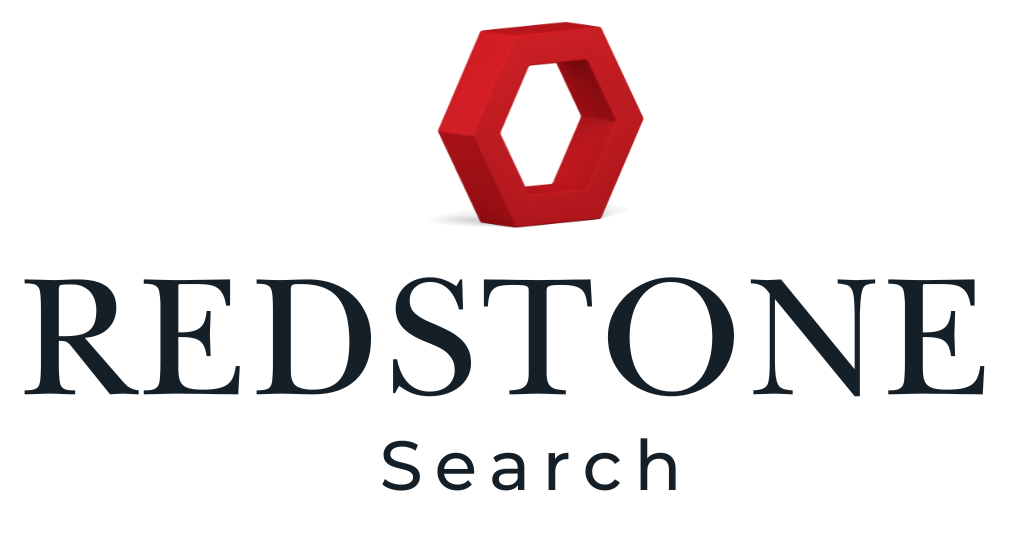Commodity analysts are professionals tasked with the crucial responsibility of dissecting, understanding, and predicting trends in various commodity markets. Whether it’s gold, oil, agricultural products, or metals, these analysts delve deep into the dynamics of supply, demand, geopolitical factors, and economic indicators to provide valuable insights to investors, traders, and businesses. Let’s explore the key responsibilities that define the responsibilities of a commodity analyst.
1. Understanding the Market
At the core of a commodity analyst’s duties lies the need to comprehend the intricacies of market dynamics. This involves studying factors such as supply and demand trends, geopolitical events, weather patterns, government policies, and technological advancements that could impact the prices and availability of commodities. By staying abreast of these variables, analysts can better anticipate market movements and provide informed recommendations to stakeholders.
2. Conducting Research and Analysis
Commodity analysts spend a significant amount of time conducting in-depth research and analysis to unearth meaningful insights. They gather data from various sources including government reports, industry publications, financial statements, and trade publications. By employing statistical models, data visualisation techniques, and econometric tools, analysts sift through vast amounts of information to identify patterns, correlations, and trends that could influence commodity prices and market sentiment.
3. Monitoring Economic Indicators
Economic indicators serve as barometers of economic health and can have a profound impact on commodity markets. Commodity analysts closely monitor indicators such as inflation rates, interest rates, GDP growth, employment figures, and currency movements to gauge the overall health of the economy and anticipate its impact on commodity prices. By understanding the interplay between economic fundamentals and commodity markets, analysts can provide valuable insights into investment strategies and risk management.
4. Assessing Supply and Demand Fundamentals
One of the primary responsibilities of a commodity analyst is to assess supply and demand fundamentals within specific commodity markets. This involves tracking production levels, inventory data, consumption patterns, and global trade flows to ascertain the balance between supply and demand. By analysing factors such as weather conditions, geopolitical tensions, technological innovations, and regulatory changes, analysts can forecast potential shifts in supply and demand dynamics and their implications for prices and market volatility.
5. Developing Price Forecasts and Outlooks
Based on their research and analysis, commodity analysts develop price forecasts and market outlooks to guide investment decisions and risk management strategies. These forecasts often take into account a range of scenarios and assumptions regarding future supply and demand dynamics, geopolitical developments, and macroeconomic trends. By providing stakeholders with actionable insights and recommendations, analysts play a critical role in helping investors navigate volatile commodity markets and capitalise on emerging opportunities.
6. Communicating Insights and Recommendations
Effective communication is essential for commodity analysts to convey their insights and recommendations to clients, colleagues, and stakeholders. Whether through written reports, presentations, or verbal briefings, analysts must distil complex information into clear, concise, and actionable insights. By articulating the rationale behind their analysis, highlighting key drivers of market trends, and outlining potential risks and opportunities, analysts empower decision-makers to make informed choices in the dynamic world of commodity trading and investment.
7. Collaborating with Stakeholders
Commodity analysts often collaborate closely with a diverse range of stakeholders including traders, portfolio managers, risk managers, and industry experts. By fostering collaboration and sharing expertise, analysts can gain valuable insights into market dynamics, industry trends, and investor sentiment. This collaborative approach enables analysts to refine their analysis, validate their assumptions, and enhance the quality of their recommendations, ultimately contributing to more informed decision-making and better outcomes for clients and organisations.
8. Adapting to Changing Market Conditions
Commodity markets are inherently volatile and subject to rapid changes driven by a multitude of factors. As such, commodity analysts must possess the agility and adaptability to respond effectively to shifting market conditions and emerging trends. Whether it’s a sudden supply disruption, a geopolitical crisis, or a fundamental shift in demand patterns, analysts must quickly assess the implications and adjust their analysis and recommendations accordingly. By staying flexible and proactive, analysts can help clients navigate uncertainty and capitalise on evolving market opportunities.
9. Embracing Technology and Innovation
In an era of rapid technological advancement, commodity analysts must leverage cutting-edge tools and techniques to enhance their research, analysis, and decision-making processes. From advanced data analytics and machine learning algorithms to high-frequency trading platforms and real-time market data feeds, analysts have access to a wealth of technological resources to augment their capabilities. By embracing innovation and harnessing the power of technology, analysts can gain deeper insights, identify hidden patterns, and stay ahead of the curve in an increasingly competitive landscape.

